Chiang Mai, Thailand, 2010.
This post may contain affiliate links. If you make a purchase, My Modern Met may earn an affiliate commission. Please read our disclosure for more info.
This post may contain affiliate links. If you make a purchase, My Modern Met may earn an affiliate commission. Please read our disclosure for more info.
For over forty years, legendary photographer Steve McCurry has been traveling the world and documenting the human condition through his iconic images. Invariably, his attention turned not only to humans and the way that they behave, but also to the animals that surrounds us. Most importantly, McCurry’s interest in the complex relationship between animals, humans, and their environment was apparent in his photography. Steve McCurry. Animals, published by Taschen, is an anthology that gives a different glimpse of the iconic photographer’s oeuvre while providing an interesting look at how we interact with animals.
From the unbreakable bond between man and pet to heartbreaking scenes of animals at risk, Animals brings depth and humanity to complex situations in a way that only Steve McCurry can achieve. Across more than 200 pages, McCurry’s honest and moving photography speaks for itself. The images take center stage, with literary phrases relating to animals scattered throughout.
It’s only when one reaches the conclusion of Animals that the secrets of McCurry’s photographs are revealed. A full section of captions at the back of the book places each photograph in context, allowing the image layout to serve as a visual feast free from distraction.
We had the privilege to speak with Steve McCurry about his new book and his fascination with photographing animals. He also reveals some of his most memorable images from the book. Read on for My Modern Met’s exclusive interview and pick up your copy of Steve McCurry. Animals at any major bookstore or online.

Kathmandu, Nepal, 2013.
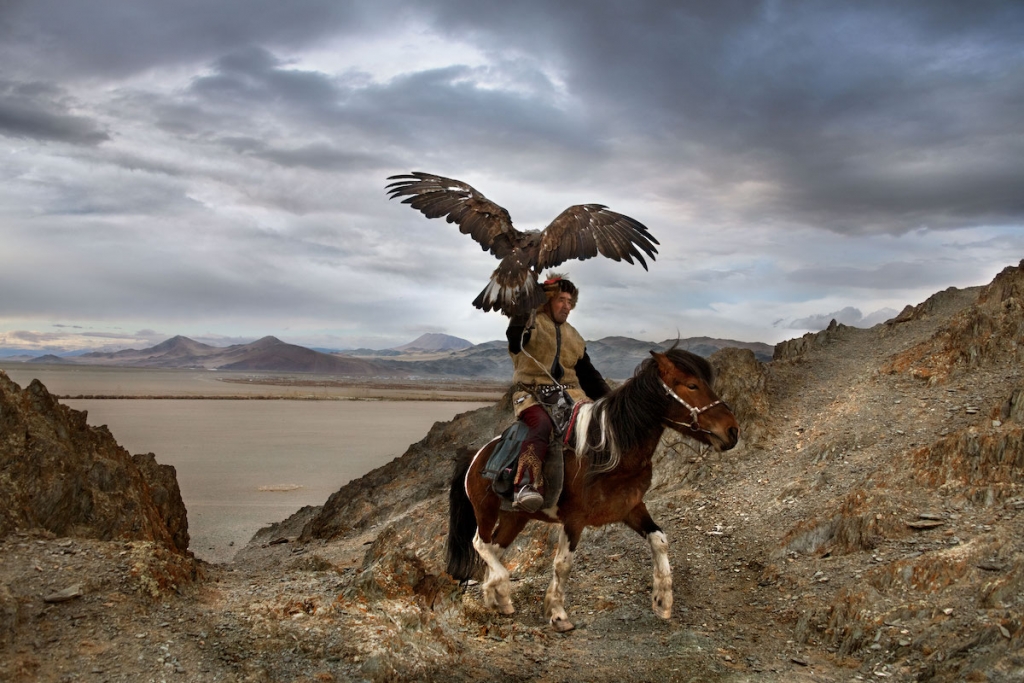
Altai Region, Mongolia, 2018.
What is it about animals that have fascinated you throughout your life?
The idea of photographing animals and people may have been planted in my mind since I was first starting out as a young photographer. My sister gave me my first photo book, Son of a Bitch, a collection of pictures of dogs and their humans by the great photographer and friend Elliott Erwitt. It was the first time I saw a photo book with humor, pathos, and wonderful storytelling; I’ve been inspired ever since.
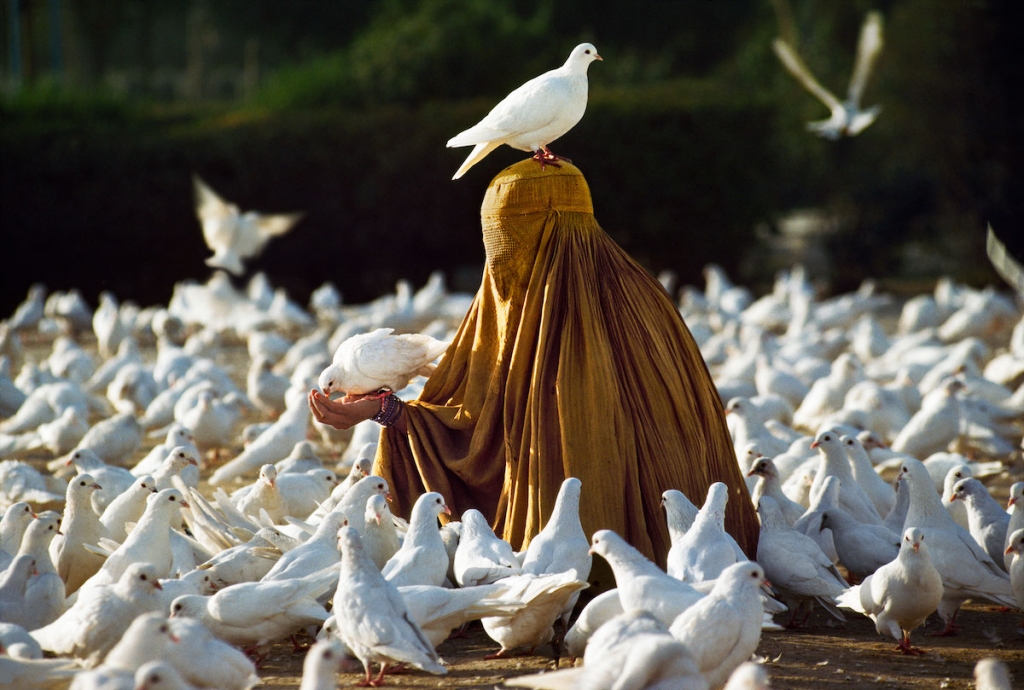
Mazar-i-Sharif, Afghanistan, 1991.

Chennai, India, 1996.
Why was now the right time to publish this collection of images?
I was going through my archive of photographs and noticed I had hundreds of pictures of animals. It’s a topic I’ve always been interested in, and have noticed within the past number of years that society is changing vis-a-vis our responsibility to animals. For example, years ago, the idea of emotional support animals would have seemed strange. Today, no one blinks an eye when they see people on airplanes with animals.
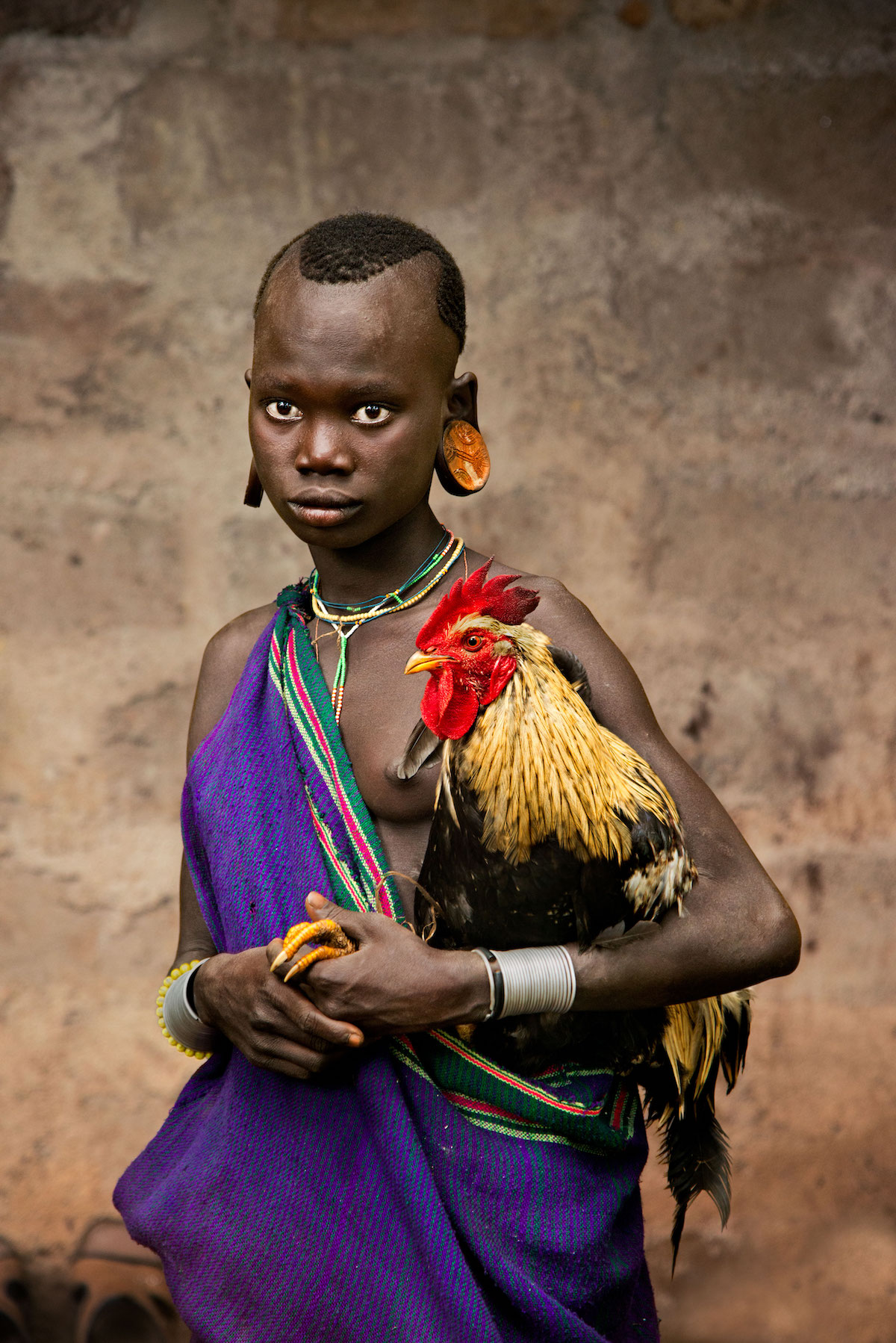
Omo Valley, Ethiopia, 2013.
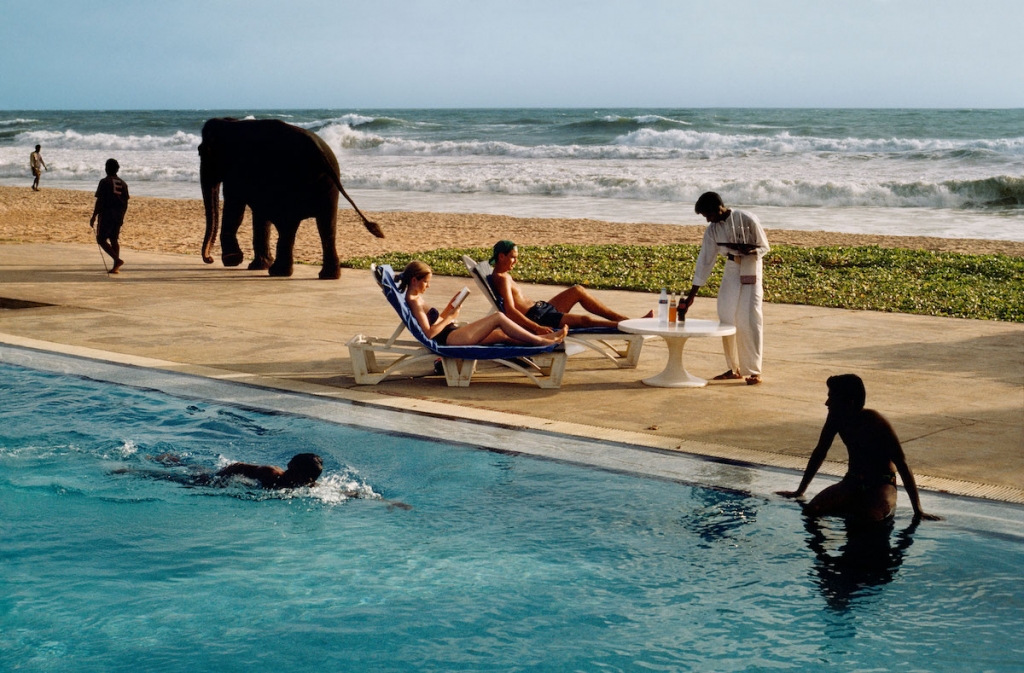
Bentota, Sri Lanka, 1995.
Are there any common threads you’ve noticed about our human relationships with animals after photographing so many encounters around the world?
I’ve noticed that humans need to be more aware of animal conditions. The situation for wildlife is becoming increasingly more perilous; so many species are facing extinction. Wildlife is being decimated to the point where, in a few years, some species will cease to exist in their natural habitats.

Al Ahmadi, Kuwait, 1991.
Are there any particular photographs from the book or experiences that stick out?
Working in Kuwait in the aftermath of the first Gulf War was a surreal and unforgettable experience. There were 600 oil fields burning, panicked and starved animals were wandering about, and the landscape was dotted with dead Iraqi soldiers. It was heartbreaking to see these dying animals, which we were supposed to be guardians of. Those animals that were able to escape slaughter were abandoned and left to wander the streets looking for food and shelter.
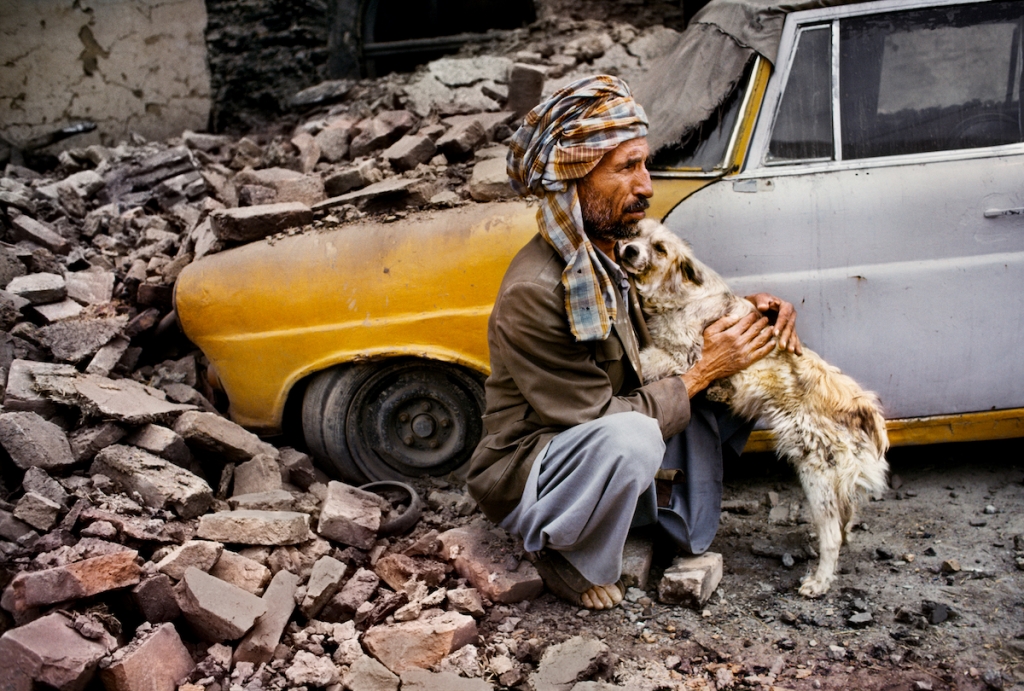
Kabul, Afghanistan, 1992.
(continued) I remember photographing a man with his dog by his taxi which was destroyed when the building collapsed during a shelling in Kabul. The man was holding his dog tight while pondering the future. It was heartbreaking to see the man lose his only source of income.
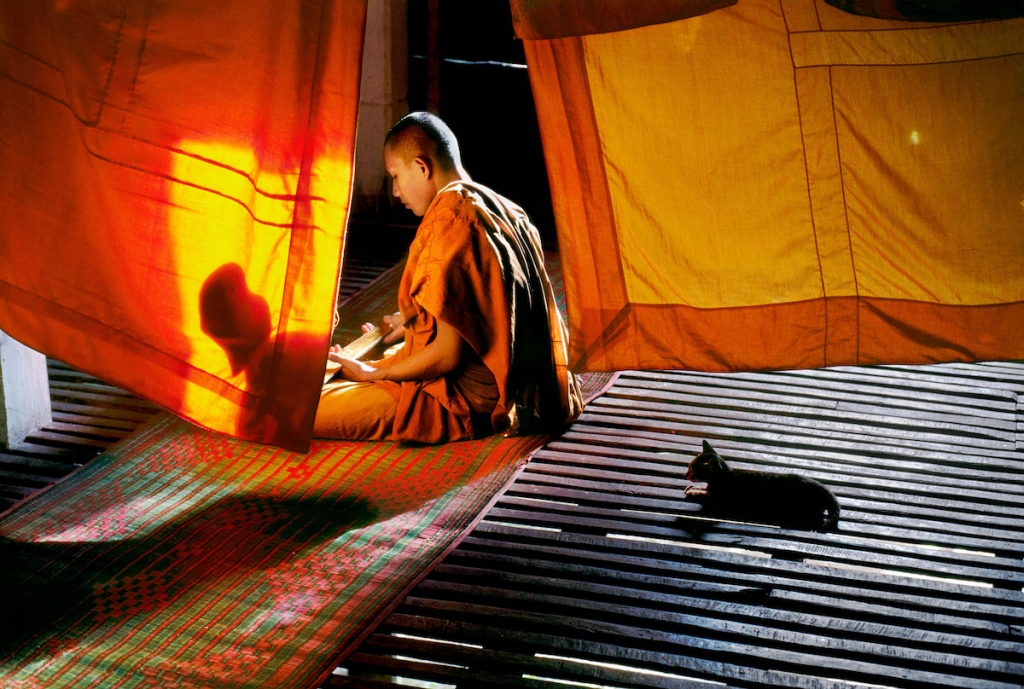
Aranyaprathet, Thailand, 1998.
(continued) I photographed this novice monk studying Buddhist writings in the late afternoon at a monastery in Aranyaprathet, Thailand, near the border with Cambodia. I watched the changing light as the monks went about both the mundane and sacred duties of their day. With the simple use of wood and fabric, of shades of saffron from mustard gold to deep orange, their environment was serene. The patient cat completed the scene of contemplation and peace.

Litang, Tibet, 2001.
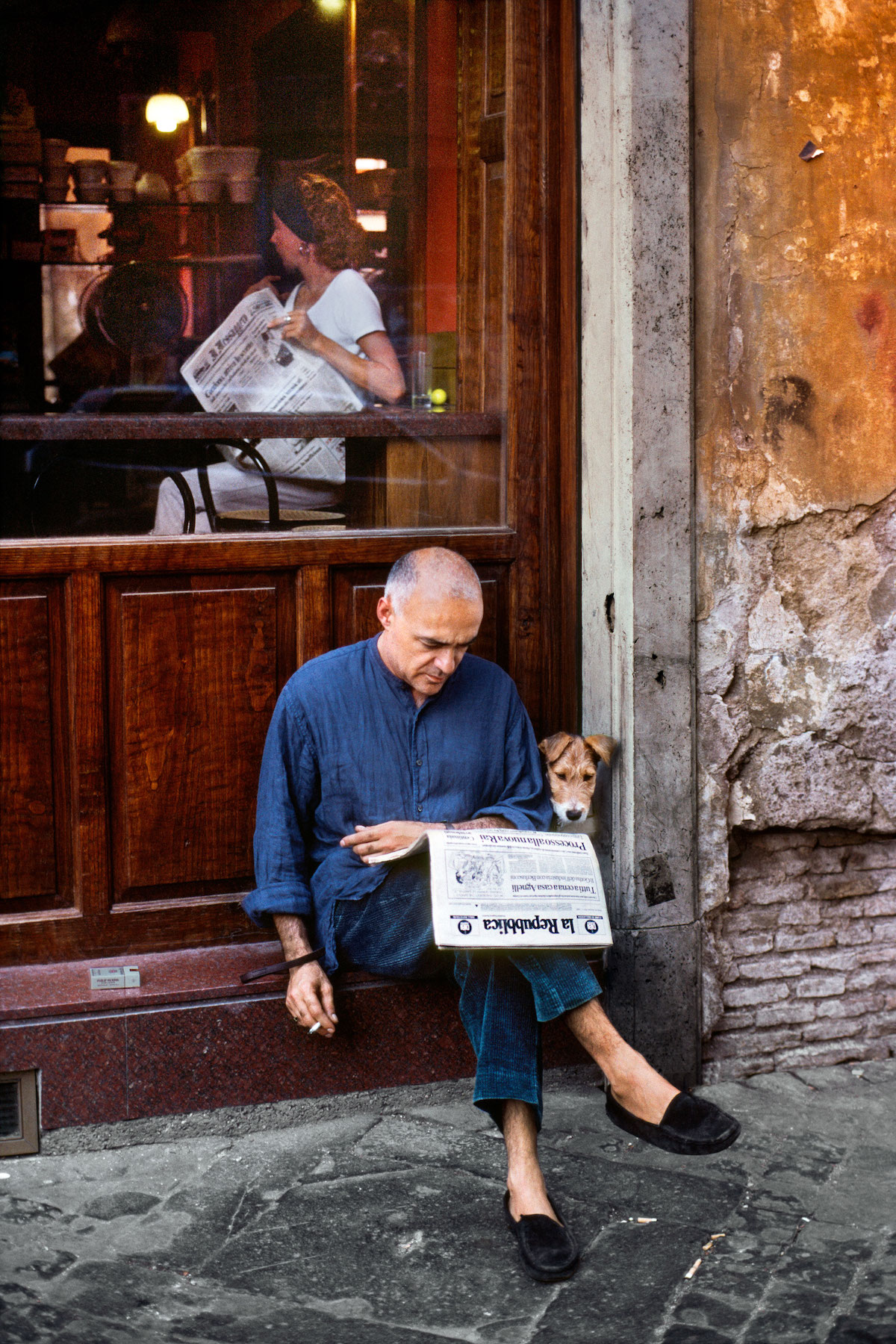
Rome, Italy, 1994.
What are the biggest lessons you think animals can teach us as human beings?
We humans can learn a lot about forgiveness and loyalty. Our family had a dog when I was growing up, and he was always waiting to greet us when we walked in the door and forgave us for making him wait to go outside and run. He was a member of the family and happily squeezed in the car for long trips even though it was crowded with people, suitcases, snacks, and more. Just being with us was a joy for him, and of course, we felt joy by having him with us.

Yamanouchi, Japan, 2018.

Magdeburg, Germany, 1989.

Tonlé Sap, Cambodia, 1996.
What do you hope people take away from the book?
It is my hope that people will see animals as intelligent beings that deserve our love and respect. In most cases, our pets are totally dependent on us for their survival and safety. It’s our duty to protect them like our own children. Since we often create a special bond with certain animals, I would hope people should treat them with the care they deserve.
Steve McCurry. Animals explores the complex relationship between humans and animals around the world.
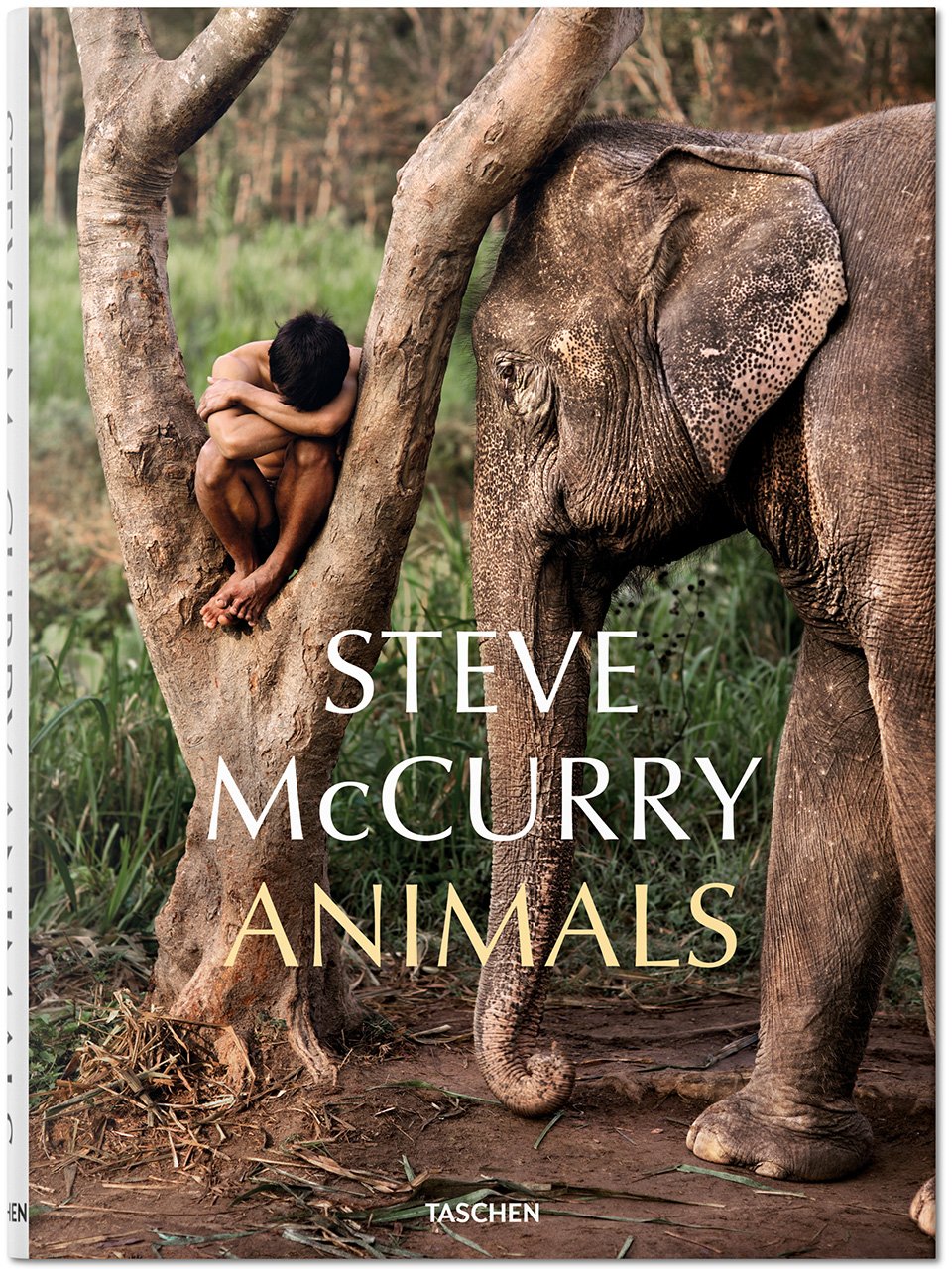
Steve McCurry: Website | Facebook | Instagram
All images © 2019 Steve McCurry, Long Island City, NY. My Modern Met granted permission to feature photos by Taschen.
mymodernmet.com










0 comments :
Post a Comment